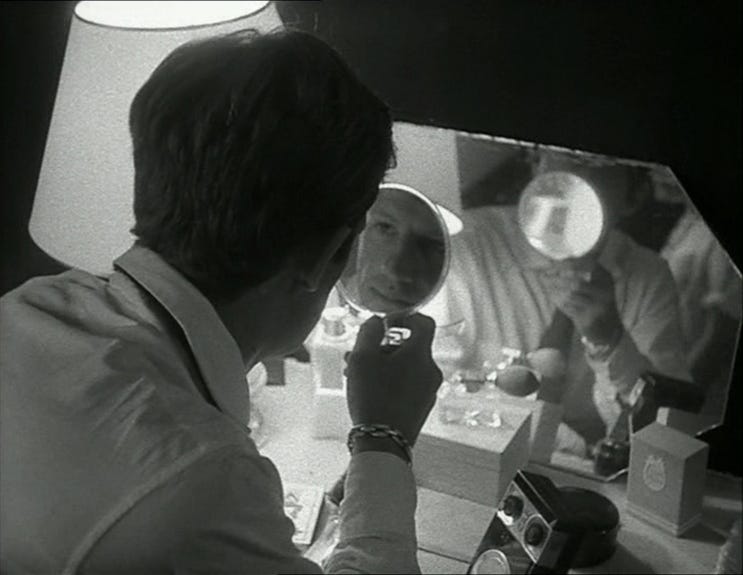What makes a film ‘modern,’ ‘classic,’ or ‘experimental’? Understanding the difference between a movement, style, and theory can unlock deeper insights into cinema. I often get asked about the difference between these terms. While the distinctions can be blurry, this quick guide will help you start to see them more clearly. To explore this, let’s take a quick look at the French New Wave.
Film Movement
A film movement is a group of filmmakers working at the same time often in a specific place. They are motivated by shared ideas and/or social contexts. They aim to change how films are made and, often, by how society is reflected through cinema.
The French New Wave is linked to emerging filmmakers in the 1950s and '60s who rejected traditional filmmaking traditions. They wanted to create films that felt fresh, spontaneous, and personal. They broke away from the big studio format and created stories that were contemporary, about everyday people and explored the struggles of youth.
While a movement is about a shared goal, its style is how filmmakers make that change in cinema through their choices, particularly in mise-en-scène.
Film Style
A film style refers to the visual and artistic choices made in a film, how it looks, how it is shot, and edited, and the overall handling of different film elements to create a specific viewed experience. Style is often closely tied to a movement, which is a reaction to existing cinematic norms.
French New Wave Style: The French New Wave had a distinctive style with techniques like jump cuts (sudden scene changes), handheld cameras (for a more natural feel), and on-location shooting (instead of studio sets). The films often featured unscripted, casual dialogue, making them feel raw and real at the time. Godard’s Breathless uses jump cuts to make the editing feel unpredictable and spontaneous much like the characters themselves.
Film Theory
Film theory is about understanding the deeper meaning behind films. It looks at why films are made the way they are and what they say about society, culture, or the human experience.
The French New Wave is strongly connected to Auteur Theory and Realism in film theory. Several of the directors in the movement explored and wrote about how they wanted to change cinema, pushing to break the "construct" of traditional film and reveal more authentic storytelling.
Auteur Theory: This suggests the director is the "author" of the film, putting their vision at the forefront. French New Wave filmmakers embraced this by making films that felt personal, where the director's creative voice could be heard loud and clear.
Realism: The movement is also linked to social realism. French New Wave filmmakers believed in portraying life as it truly is, rejecting the polished, artificial feel of Hollywood films. They filmed on location, using natural lighting, and told stories grounded in everyday life. This approach made the films feel more authentic and relatable, challenging the unrealistic worlds of traditional cinema.
To summarize: A movement is about a group of filmmakers with a shared goal, style is about how they make films, and theory helps us understand why they make them the way they do.
Explore the works of Jean-Luc Godard, François Truffaut, Agnès Varda, Claude Chabrol, and Éric Rohmer (to name a few) to learn more about the French New Wave.




